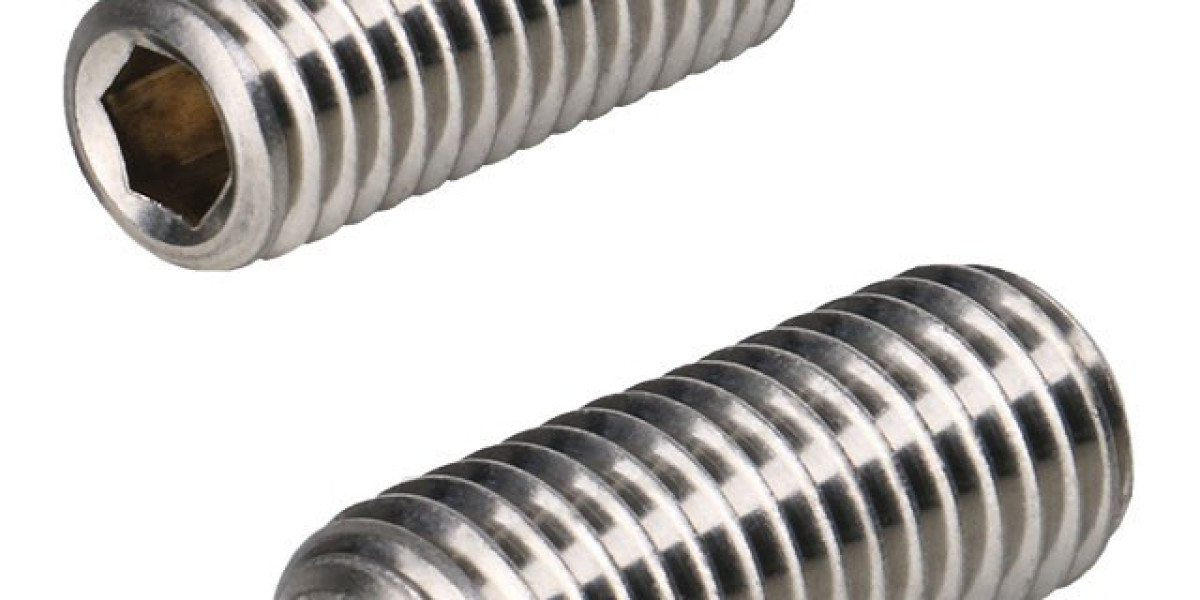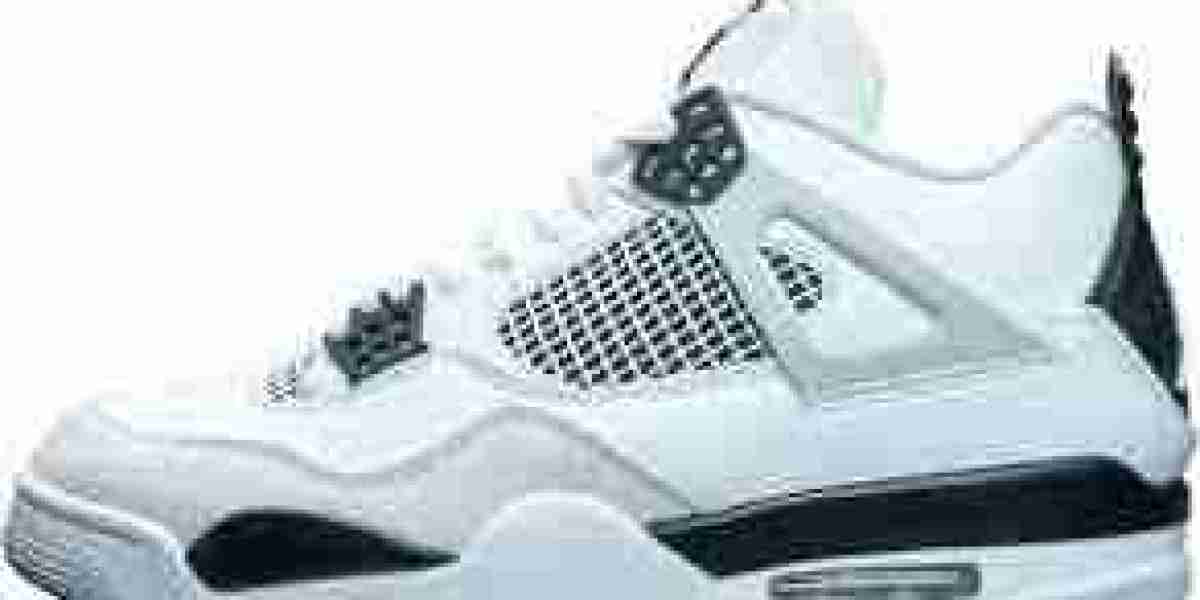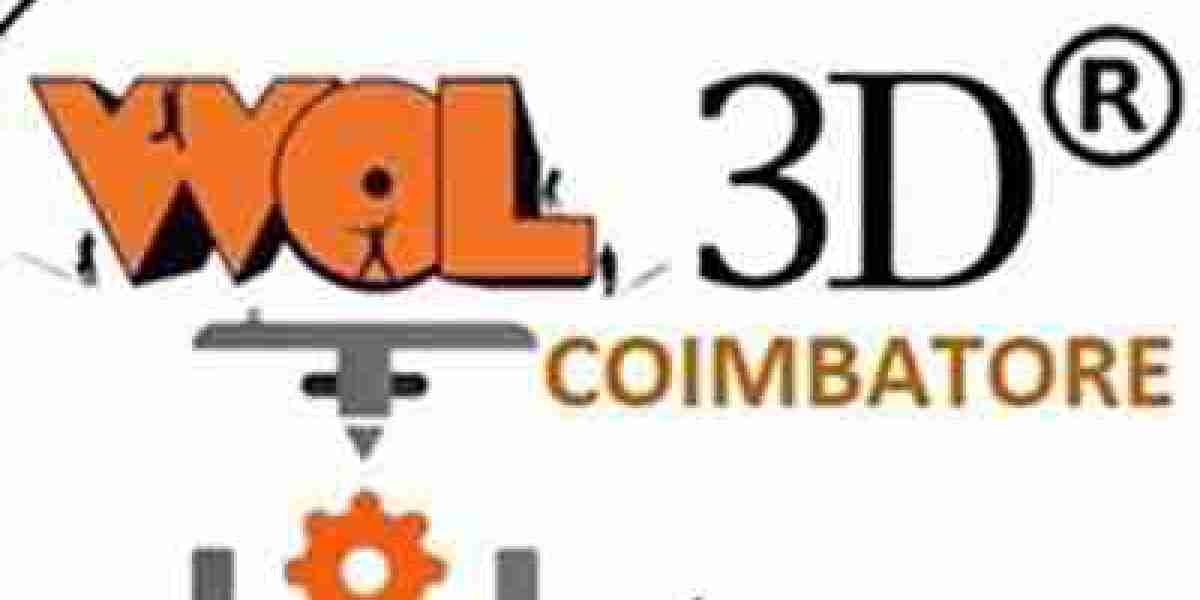Introduction: Hexagon socket set screws may seem like small, unassuming fasteners, but they play a crucial role in various industries and applications. In this comprehensive guide, we will delve into the world of hexagon socket set screw, exploring their uses, advantages, and answering frequently asked questions.
What is a Hexagon Socket Set Screw?
A hexagon socket set screw, commonly known as a grub screw, is a type of fastener designed to be driven into a pre-drilled hole or recess using an Allen wrench or hex key. These screws are typically used to secure one object within another, such as fastening a pulley onto a shaft, securing components in machinery, or even holding handles onto a door.
Key Characteristics of Hexagon Socket Set Screws
Hexagon socket set screws possess several important features that make them distinct:
Hexagonal Socket: These screws have a hexagonal recess in their heads, allowing them to be tightened or loosened using a hex key. This design provides excellent torque transmission.
Flat or Cone Point: Hexagon socket set screws come with either flat or cone points. The choice depends on the specific application. Flat points provide a flush surface, while cone points offer better alignment.
Materials: They are available in a variety of materials, including steel, stainless steel, brass, and alloy steel. Material selection depends on factors like corrosion resistance and strength requirements.
Common Applications
Hexagon socket set screws are used in a wide range of applications, such as:
- Fastening gears and pulleys onto shafts.
- Securing components in electronic devices.
- Locking parts in machinery and automotive assemblies.
- Connecting handlebars and grips on bicycles and motorcycles.
- Maintaining alignment in precision instruments.
Advantages of Hexagon Socket Set Screws
These screws offer several advantages:
Compact Design: Their low-profile head and hexagonal socket make them ideal for applications with limited space.
Secure Fastening: Hexagon socket set screws provide strong, secure connections when tightened properly.
Aesthetics: The flush appearance of these screws enhances the overall appearance of assemblies.
Resistance to Tampering: Their recessed design makes them less susceptible to tampering or accidental loosening.
FAQ:
Q1: What is the difference between a hexagon socket set screw and a regular bolt?
A1: The key difference lies in the head design. Hexagon socket set screws have a hexagonal recess, while regular bolts have a protruding head with various drive types (e.g., slotted, Phillips, or Torx).
Q2: How do I choose the right size of hexagon socket set screw?
A2: Determine the diameter and length needed for your application. Measure the depth of the hole and the thickness of the material you're fastening. Consult a sizing chart or ask a hardware specialist for guidance.
Q3: Can hexagon socket set screws be reused?
A3: Yes, they can be reused if they are not damaged during removal and the threads remain intact. However, it's essential to inspect them for wear or deformation before reuse.
Q4: Are there specific torque recommendations for tightening hexagon socket set screws?
A4: Yes, torque values are often specified by manufacturers based on the material and size of the screw. Over-tightening can damage threads, so it's crucial to follow recommended torque values.
Conclusion:
Hexagon socket set screws may be small, but they play a significant role in securing components and ensuring the smooth operation of machinery and devices. Understanding their characteristics, applications, and advantages is essential for anyone working with fasteners in various industries. With the knowledge gained from this guide, you're better equipped to choose and use hexagon socket set screws effectively in your projects.














